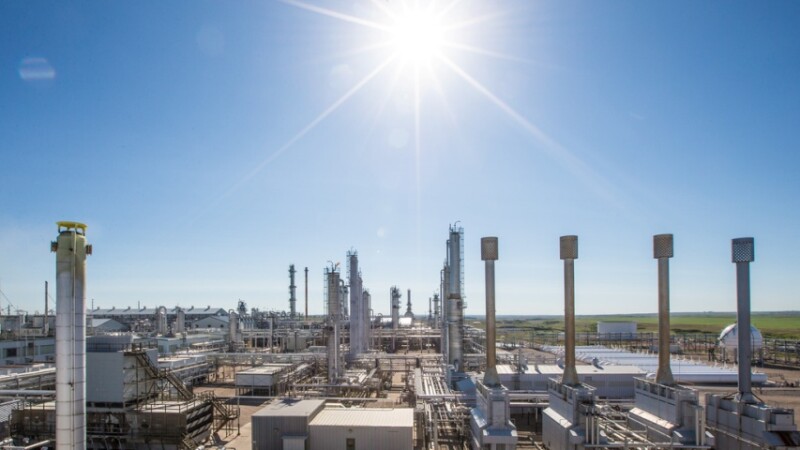Natural gas flaring in North Dakota was once a stubborn problem for the state's oil and gas industry but now appears to be a rapidly shrinking one thanks in large part to the recent buildout of new takeaway capacity.
For the year through September, data compiled by the US Energy Information Administration (EIA) shows that upstream developments in the state flared an average of just 7.5% of produced natural gas compared with an average of 19% in 2019.
The figure means that, for most of the year, operators have successfully captured 92.5% of the gas flowing from the more than 16,000 producing wells across the state. That puts the industry in North Dakota in good standing with state regulators who this year set a 91% capture target.
COVID-19 impacts slowed North Dakota's natural gas output in early 2020 from 3.2 Bcf/D in March to 1.9 Bcf/D in May. However, production bounced back to 2.9 Bcf/D by October 2020.
In September, the state saw gas flows exceed 3 Bcf/D with a capture rate of almost 94%, according to monthly data from the North Dakota Industrial Commission (NDIC).
The NDIC also showed that only 5.6% of gas was flared from wells in the liquids-rich Bakken formation. Most of the natural gas flared in North Dakota is considered associated gas that is produced from oil wells.
The recent Bakken and statewide figures on flaring rates represent historical lows not seen since before 2008. That year, oil production in the state topped 200,000 B/D before climbing to a peak of nearly 1.5 million B/D by late 2019. North Dakota’s crude production has been trending down since then and for the month of September stood at almost 1.01 million B/D.
As the state’s oil and gas regulator, the NDIC introduced its first capture target of 75% in late 2014 and has gradually increased it over the years. The decision to adopt new targets was made after operators in North Dakota’s Bakken and Three Forks formations routinely flared more than 30% of their produced gas in 2013.
The EIA pointed out that the state’s capture target has been met every month since April 2020 to September 2021 with the exception of July 2021. This is in contrast to a stretch between early 2018 and early 2020 when oil and gas developers in North Dakota fell short of meeting their capture target.
Lack of gas processing and pipeline capacity have long been cited as the chief drivers behind North Dakota’s high flaring rates and periods of noncompliance with state goals. However, gas processing capacity in the state has jumped from 1 Bcf/D in 2013 to 3.4 Bcf/D in 2020 and is on track to top 4 Bcf/D by the end of this year, according to the NDIC.


